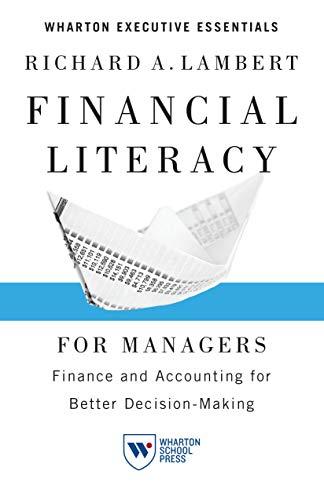Question
P4-13. You are evaluating two similar bonds. Both mature in four years, both have a $1,000 par value, and both pay a coupon rate of
P4-13. You are evaluating two similar bonds. Both mature in four years, both have a $1,000 par value, and both pay a coupon rate of 10 percent. However, one bond pays that coupon in annual installments, whereas the other makes semiannual payments. Suppose you require a 10 percent return on either bond. Should these bonds sell at identical prices or should one be worth more than the other? Use Equations 4.2a and 4.3a, and let r =10%. What prices do you obtain for these bonds? Can you explain the apparent paradox?
P4-21. You purchase a U.S. Treasury inflation-indexed bond at par value of $1,000. The bond offers a coupon rate of 6 percent paid semiannually. During the first six months that you hold the bond, prices in the United States rise by 2 percent. What is the new par value of the bond, and what is the amount of your first coupon payment?
Step by Step Solution
There are 3 Steps involved in it
Step: 1

Get Instant Access to Expert-Tailored Solutions
See step-by-step solutions with expert insights and AI powered tools for academic success
Step: 2

Step: 3

Ace Your Homework with AI
Get the answers you need in no time with our AI-driven, step-by-step assistance
Get Started


